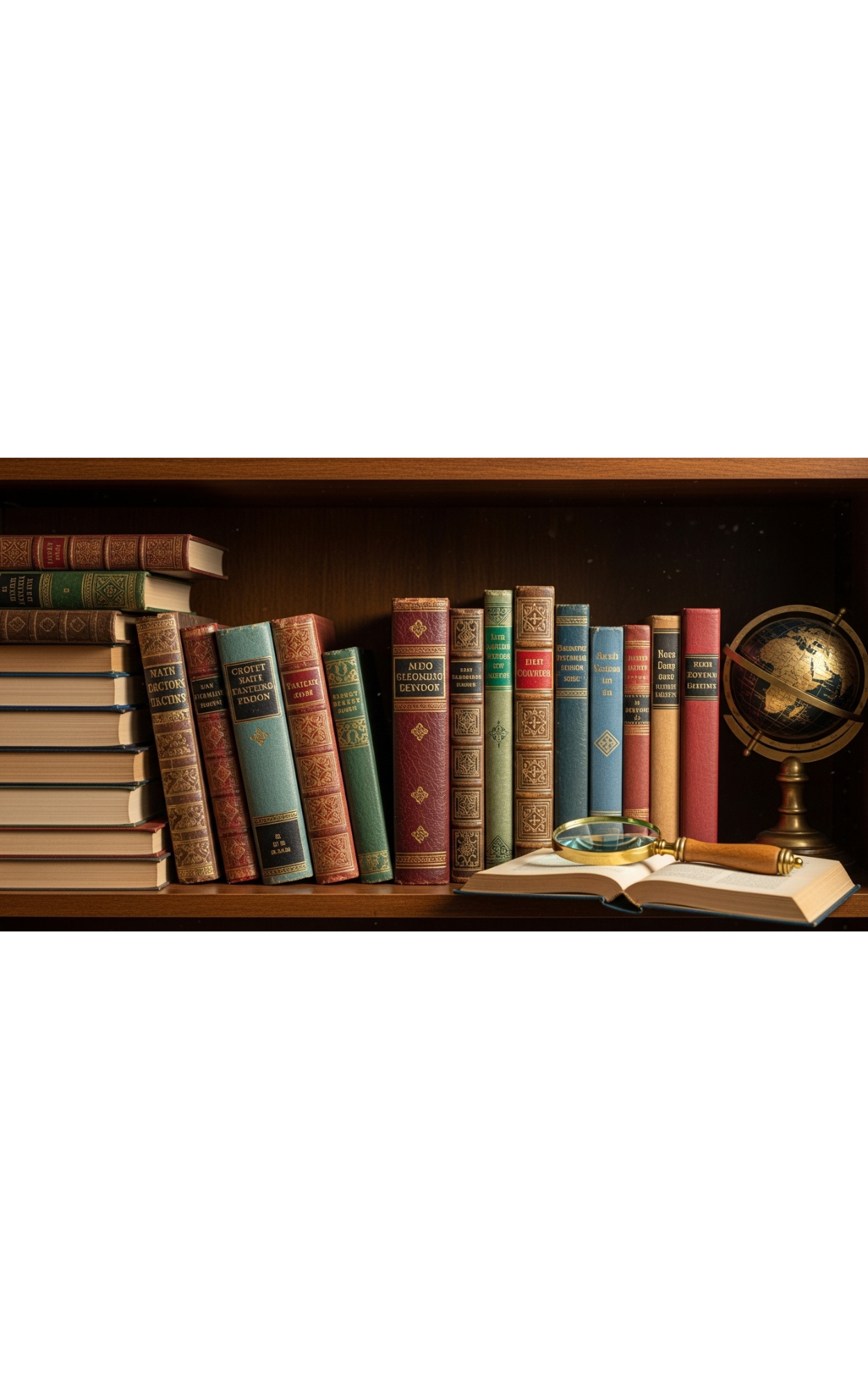

Tooba Siddiqui
Fri Sep 12 2025
7 mins Read
Appearances can be deceiving, but in books, a stellar appearance is all you need to reel in the readers. Unless your writing style is Orwellian enough to make its mark, your book needs a great cover. It’s not just about visuals; it's all about how well the cover distills the core plot.
A strong design will engage the audience right from the get-go. Let’s explore 15 creative and great book cover ideas to better understand their significance and visual appeal.
15 Creative Book Cover Ideas
You need the right book cover to hook the readers at first glance. Here’s how you can do that with 15 stylish and popular book cover ideas:
1. Minimalist Book Covers
Simple layouts, sufficient white space, and clean typography are crucial for designing minimalist book covers. You can use symbols, icons, abstract and geometric shapes with a neutral and pastel palette. To give it a more defined look, you can use bold hues and accents to create contrast. Use serif fonts to maintain the minimalism in visuals. Such book covers are often designed for professional and non-fiction books that attract adults
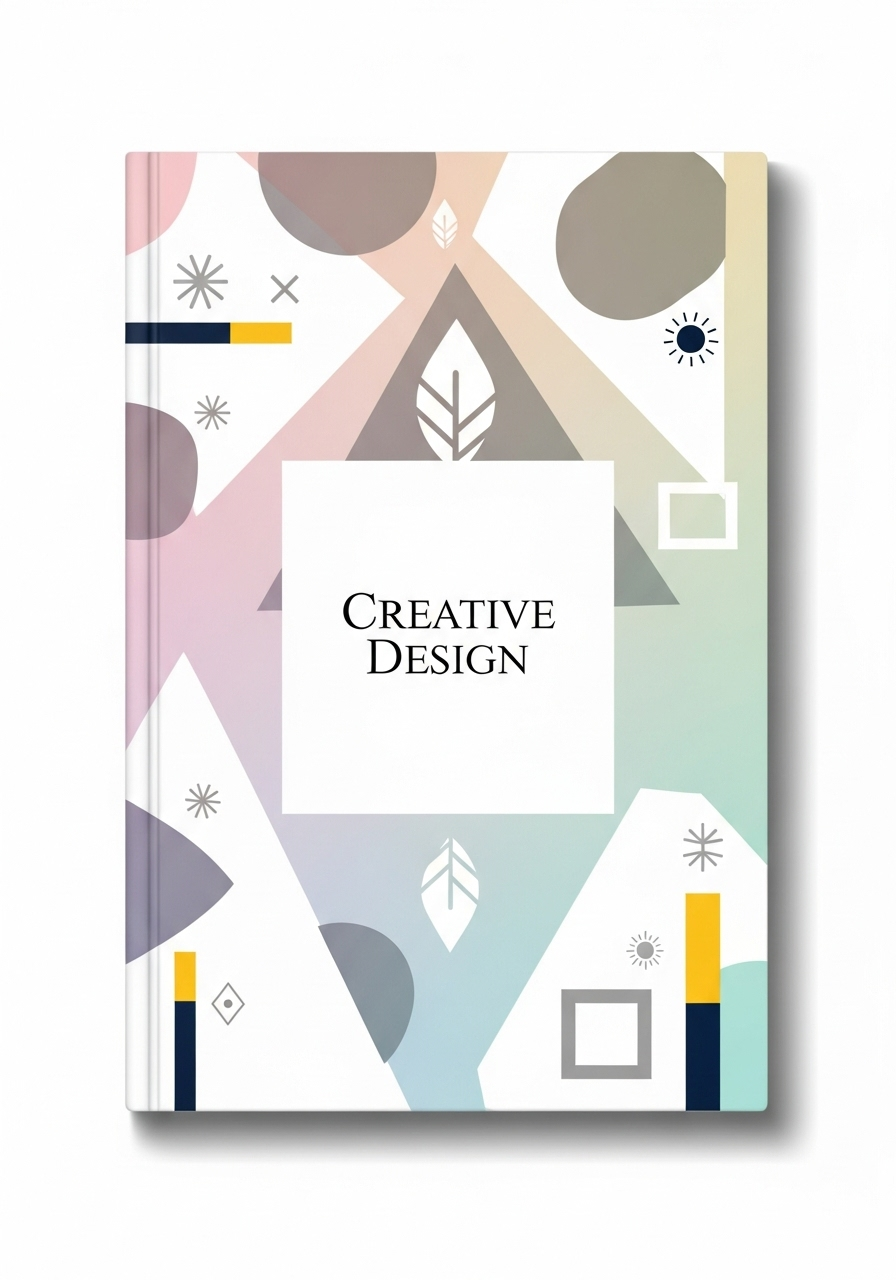 Minimalist book cover design generated on ImagineArt
Minimalist book cover design generated on ImagineArt
2. Illustrated Book Covers
Imaginary world, fantastical characters, whimsical, and sci-fi scenes give illustrated book covers an artistic feel. You can use hand-drawn scenes and objects or utilize an AI image generator like ImagineArt to create such art. Use vibrant colors and theme-appropriate tones to set the right mood as per the genre. You can use handwritten or serif fonts to add to the aesthetics. Such book covers are designed for children's books, novels, and comics that attract teens and young adults.
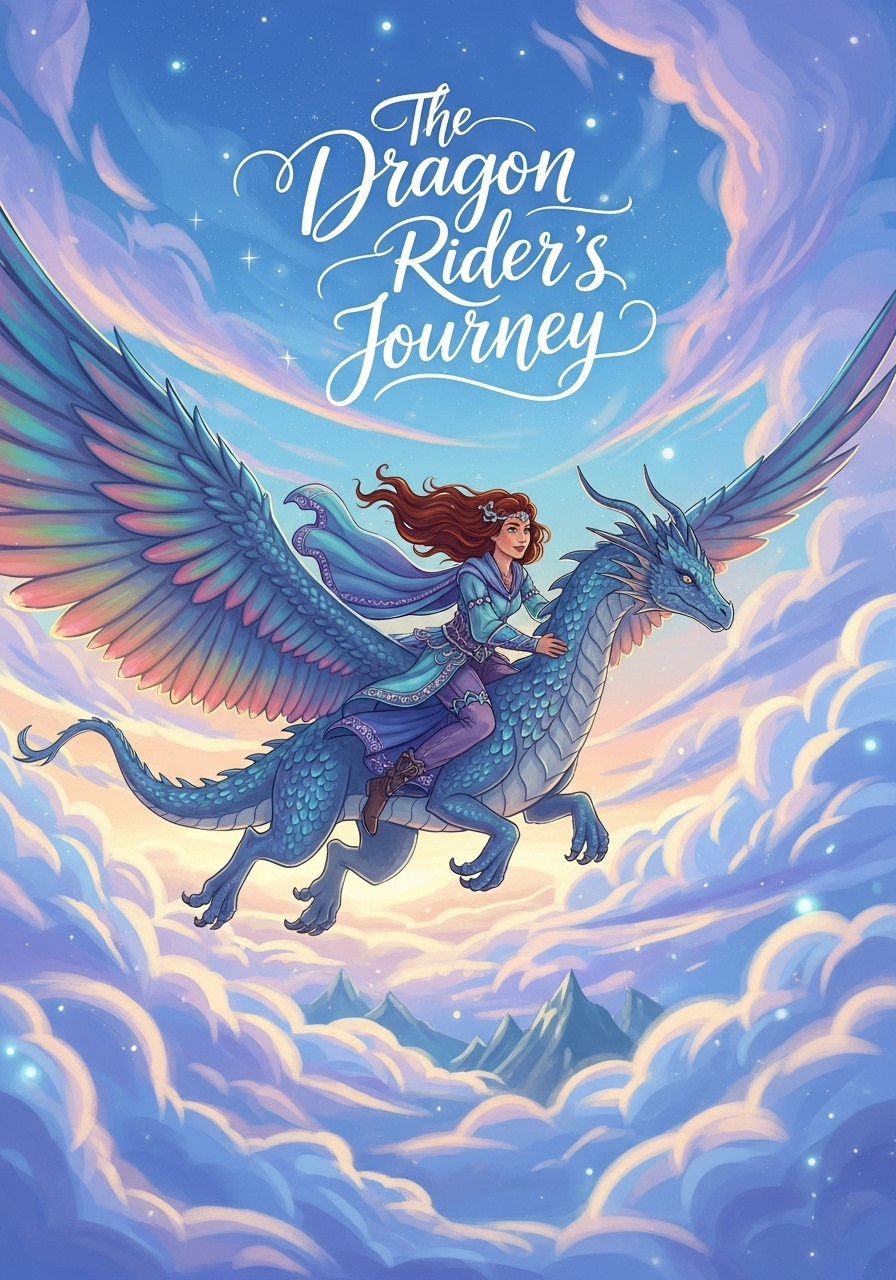 Illustrated book cover design generated on ImagineArt
Illustrated book cover design generated on ImagineArt
3. Typography-Only Book Covers
Bold and visual-free book covers often include text in serif style or handwritten fonts with dramatic spacing and lettering. Use color contrast or monochrome colors for an impactful look. Make sure the text is legible and the title stands out. Such book covers are designed for a tech-savvy and professional audience.
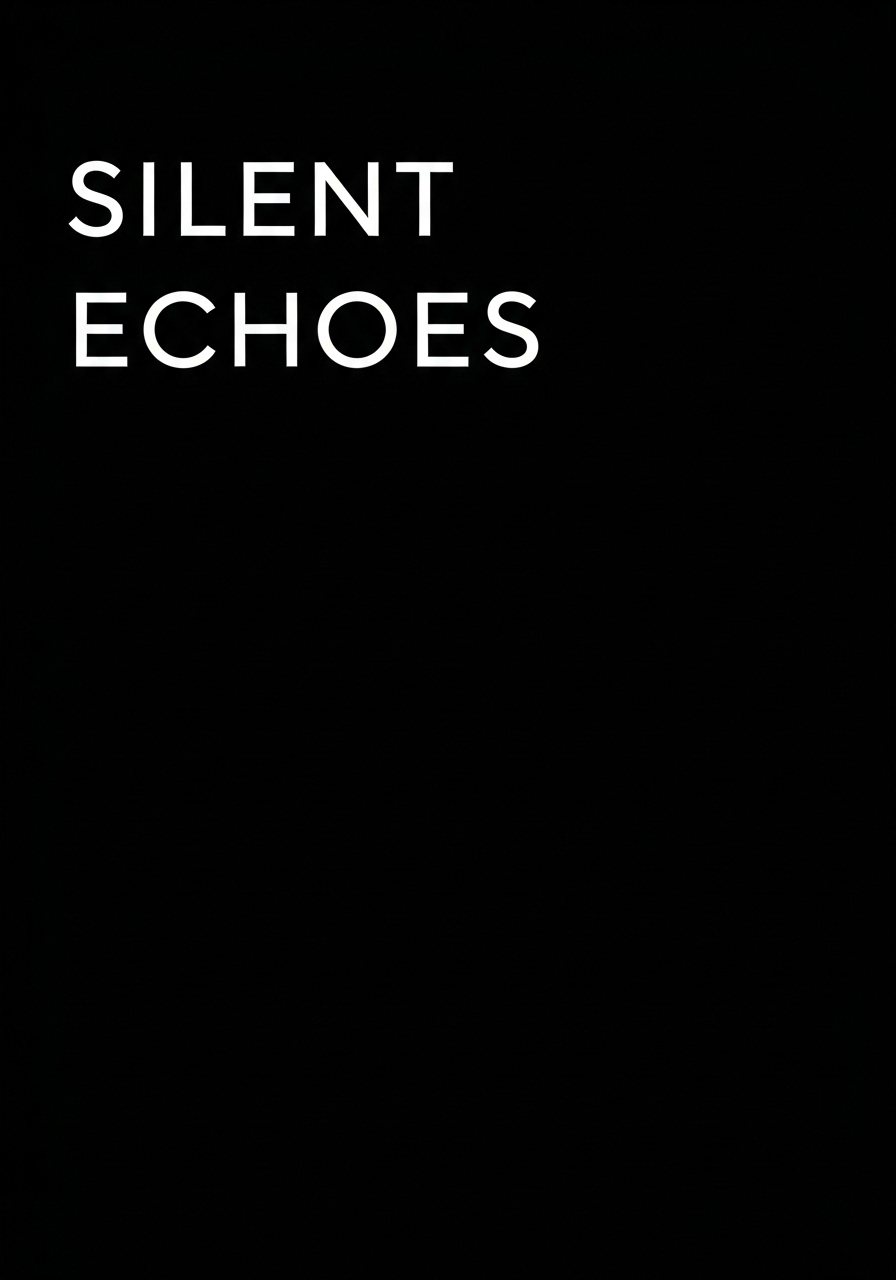 Typography-only book cover design generated on ImagineArt
Typography-only book cover design generated on ImagineArt
4. Photographic Book Covers
High-resolution photographs form the core element of photographic book covers. You can use images of landscapes, objects, or even portraits. You can use realistic and life-like photos to add credibility to your book. These realistic book covers can also be generated using AI tools like ImagineArt AI book cover generator. Use clean fonts or serif style to create a balanced harmony in text and image. Such book covers are designed for nonfiction and professional books that attract adults and contemporary fiction readers.
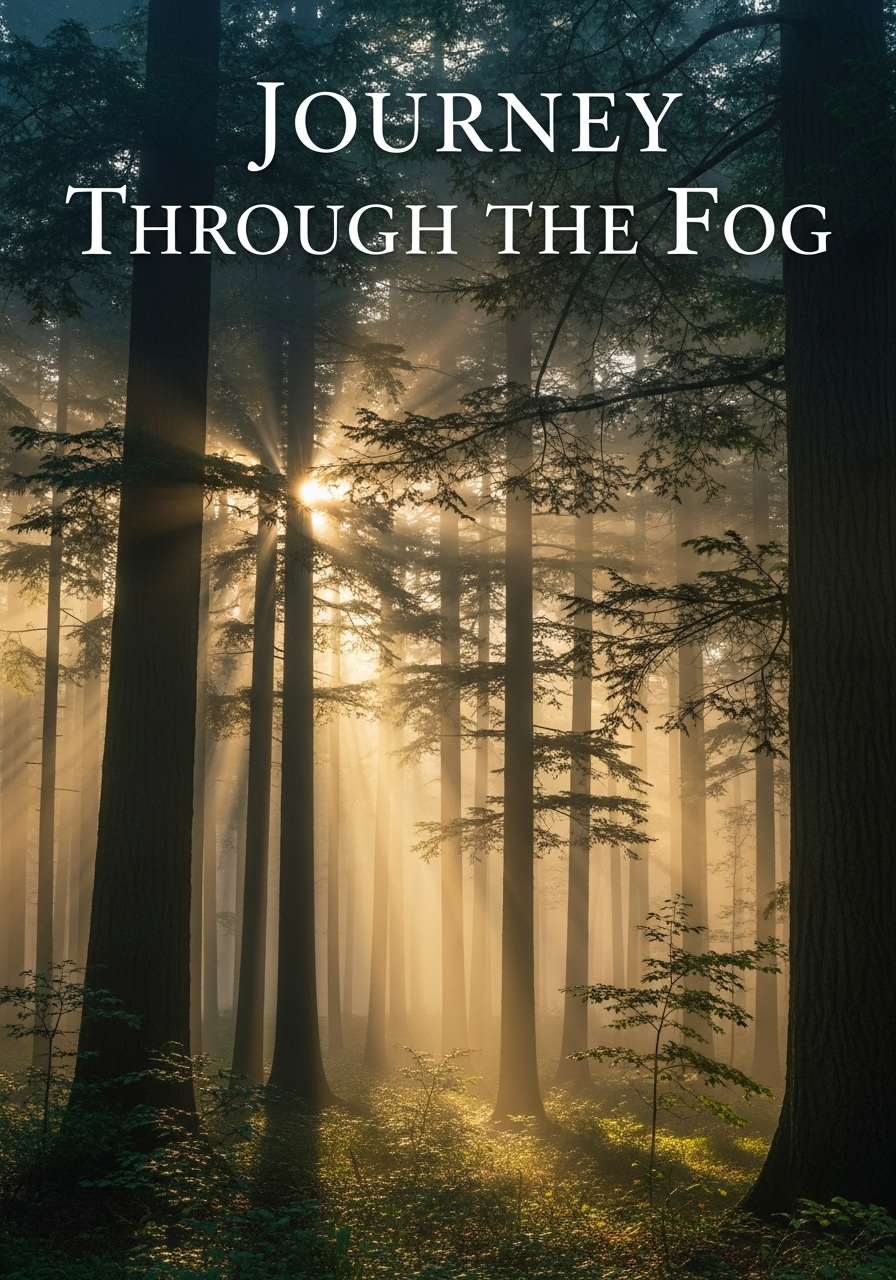 Photographic book cover design generated on ImagineArt
Photographic book cover design generated on ImagineArt
5. Vintage & Retro Book Covers
Textured background, retro visuals, classic elements, vignettes, and Y2K designs are often used to create vintage and retro-styled book covers. You can use dirty yellow and a faded color palette to create the old-film-like appearance. Use typewriter font style, retro or vintage script style, and bold serifs to add to the vintage feel. Such book covers are often designed for classic literature-like novels that attract older readers.
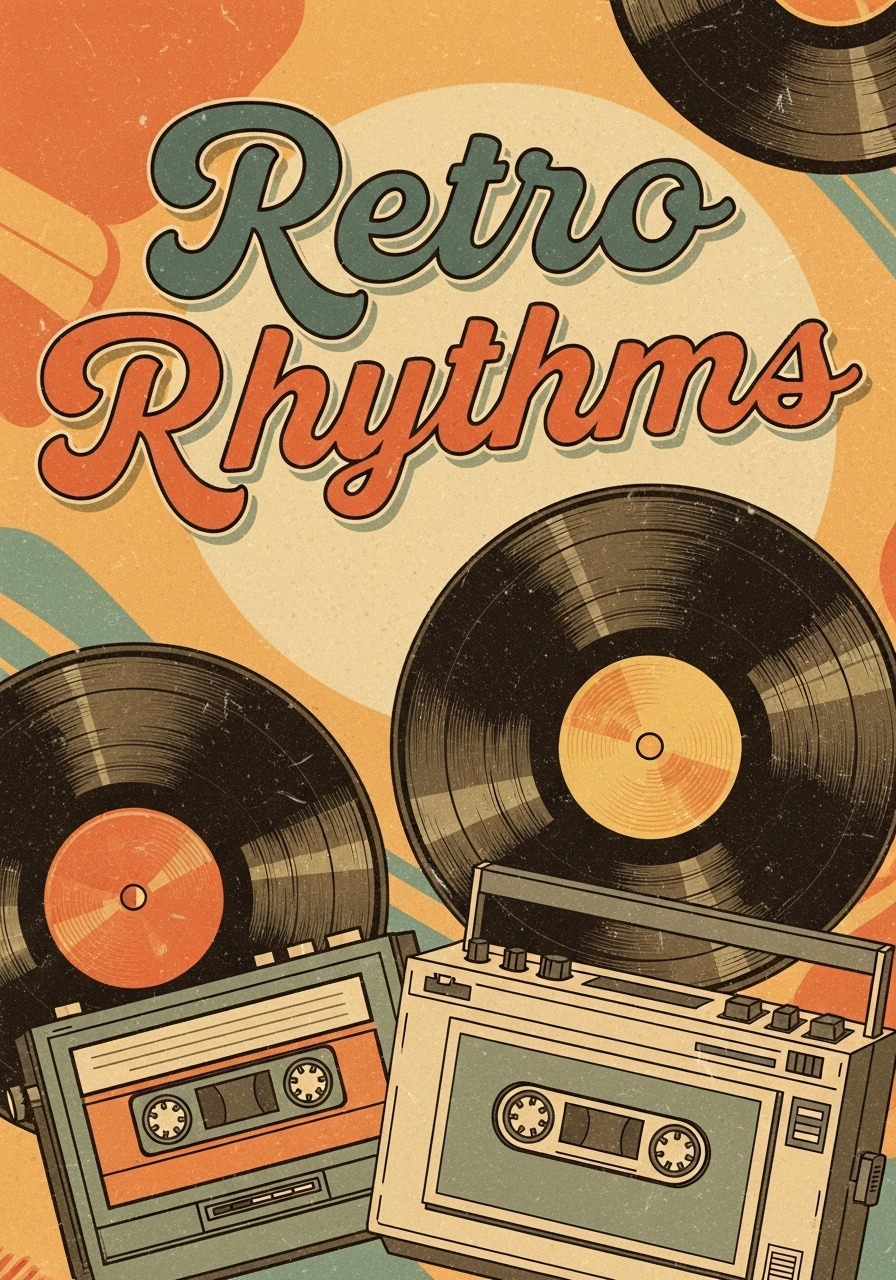 Vintage & Retro book cover design generated on ImagineArt
Vintage & Retro book cover design generated on ImagineArt
6. Abstract Book Covers
The combination of layered elements, psychedelic patterns, bold strokes, and geometric blocks creates a great abstract book cover. You can use symbols and icons with bold colors, strong contrast, or textured gradients instead of visual realism. Use serif and clean font styles to maintain visual balance. Such book covers are often designed for conceptual books and memoirs that attract creative teens and adults who enjoy experimental content.
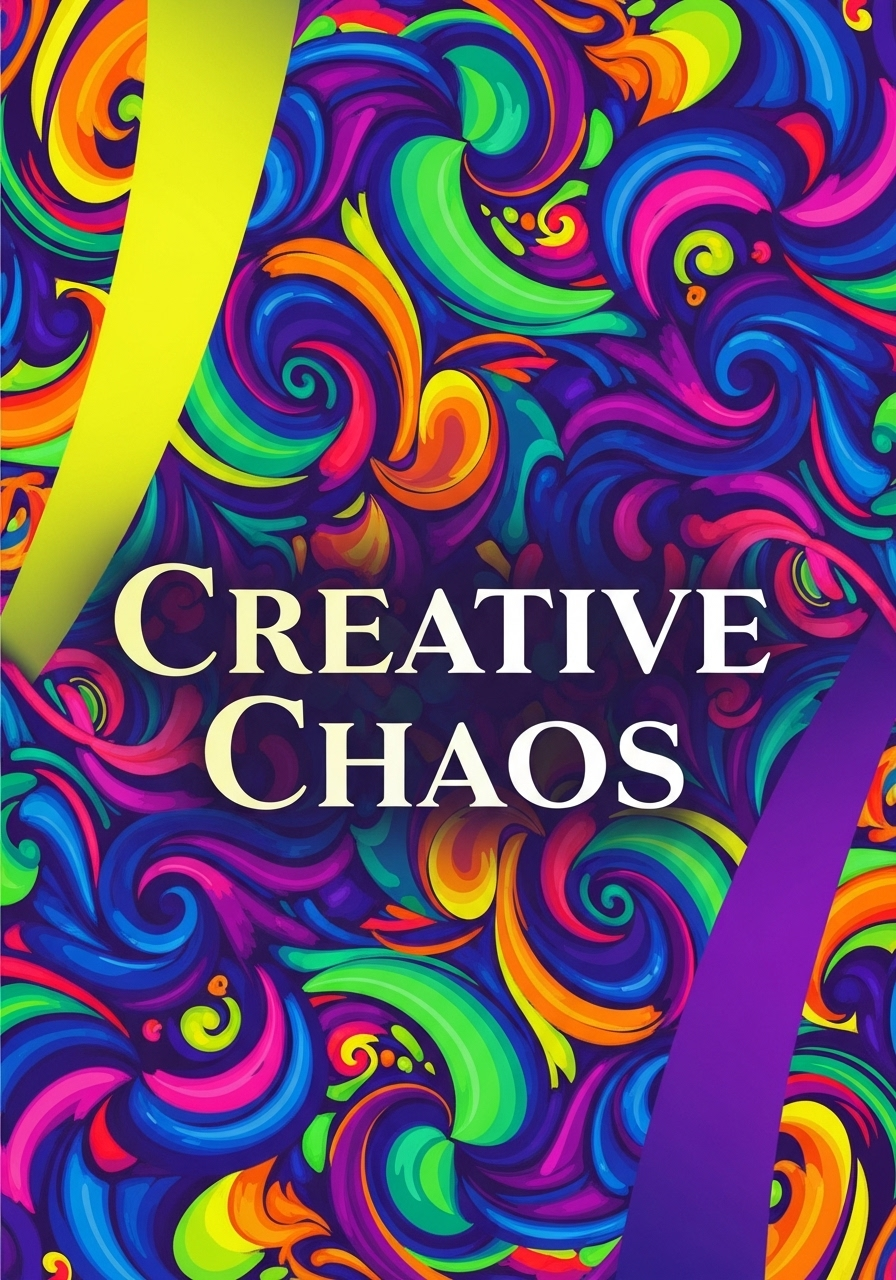 Abstract book cover design generated on ImagineArt
Abstract book cover design generated on ImagineArt
7. Collage Book Covers
A grid-like layout of visuals, text, art, and textures creates an artistic look. You can use polaroid-like images, overlapping elements, and icons to create a scrapbook-like feel for your book cover. Ensure the color and typography remain cohesive with handwritten font styles and overlays. Such book covers are often designed for personal journeys and design enthusiasts.
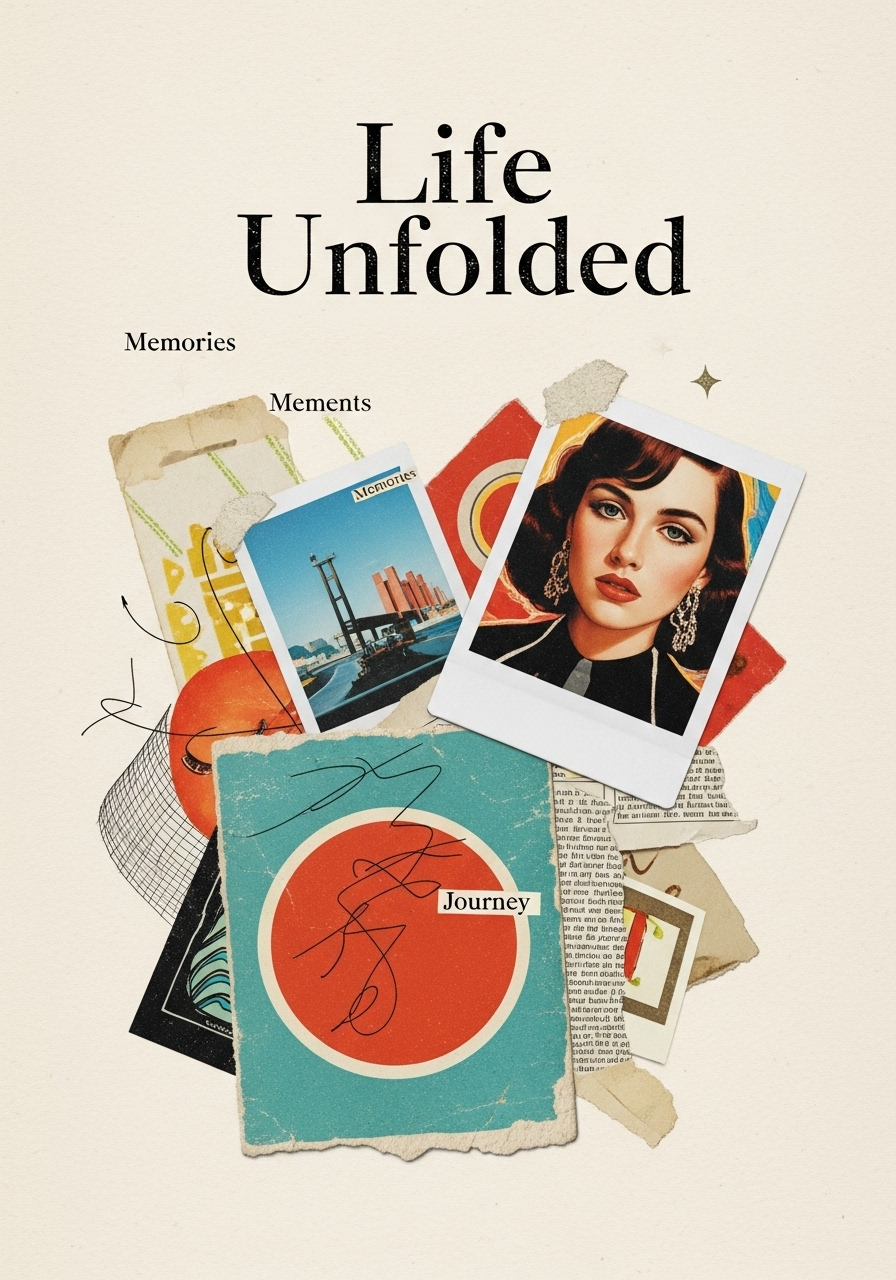 Collage book cover design generated on ImagineArt
Collage book cover design generated on ImagineArt
8. Geometric Book Covers
Grids, lines, and shapes add a certain symmetry to geometric book covers. You can use structured elements, geometric abstraction, and different icons with a contrasting palette to create an impactful visual. Use sharp serif fonts paired with a futuristic style to complement the visuals. Such book covers are often designed for adults with an interest in non-fiction topics like STEM or modern design.
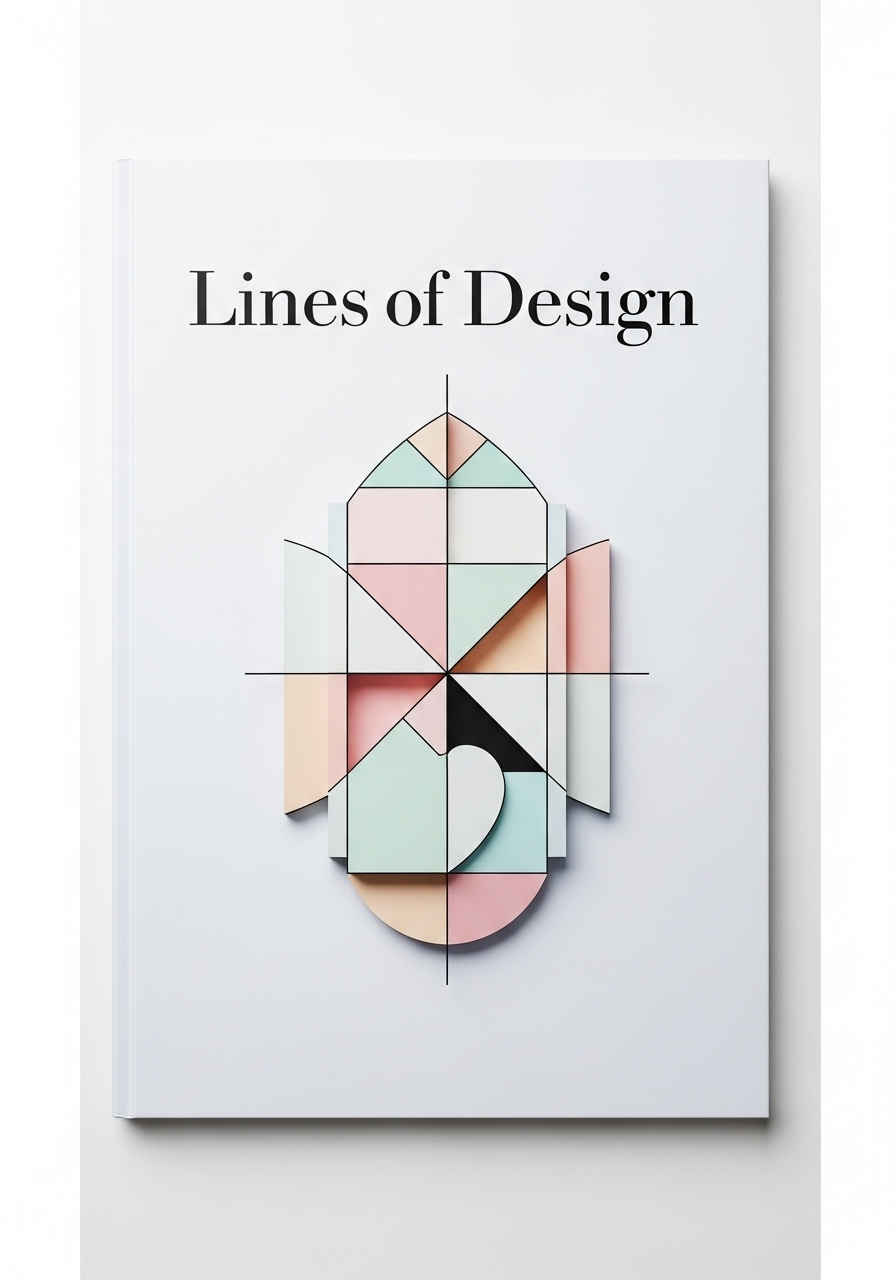 Geometric book cover design generated on ImagineArt
Geometric book cover design generated on ImagineArt
9. Watercolor Book Covers
Hand-painted elements, softer tones, and landscapes are usually the key aspects of a watercolor book cover. You can use pastel colors, muted tones, and surreal art to create a dream-like visual. Use serif or handwritten font styles to complement the tones of visuals. Such book covers are often designed for children’s books and self-help books that attract readers who enjoy calming themes.
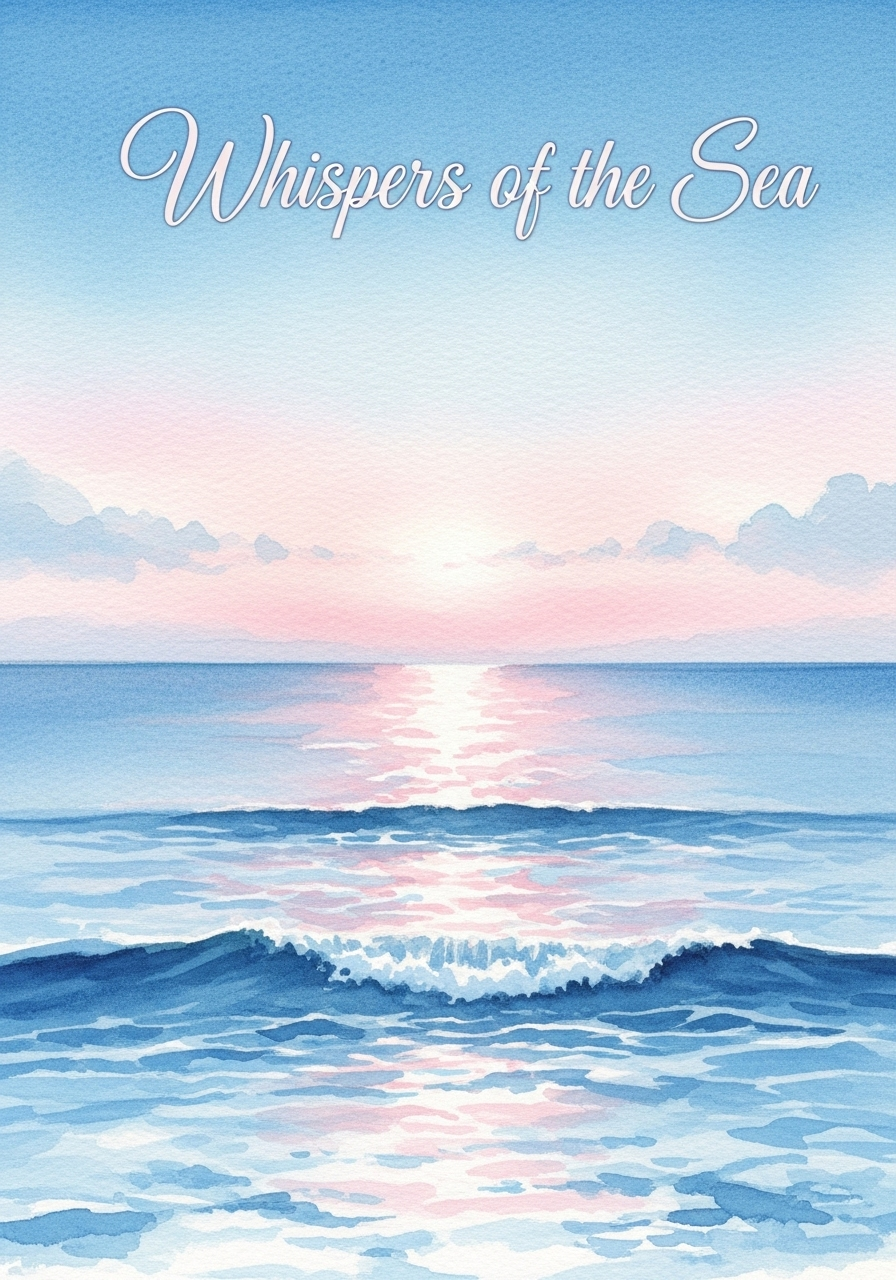 Watercolor book cover design generated on ImagineArt
Watercolor book cover design generated on ImagineArt
10. Flat Design Book Covers
Flat images, geometric shapes, symbolic objects, and flat characters can create a simple yet impactful book cover design. You can use solid fills, a clean layout, and different icons with bright colors and bold style. Use a serif font and minimal gradient or shading to maintain the visual sharpness. Such book covers are often designed for creative teens and younger readers.
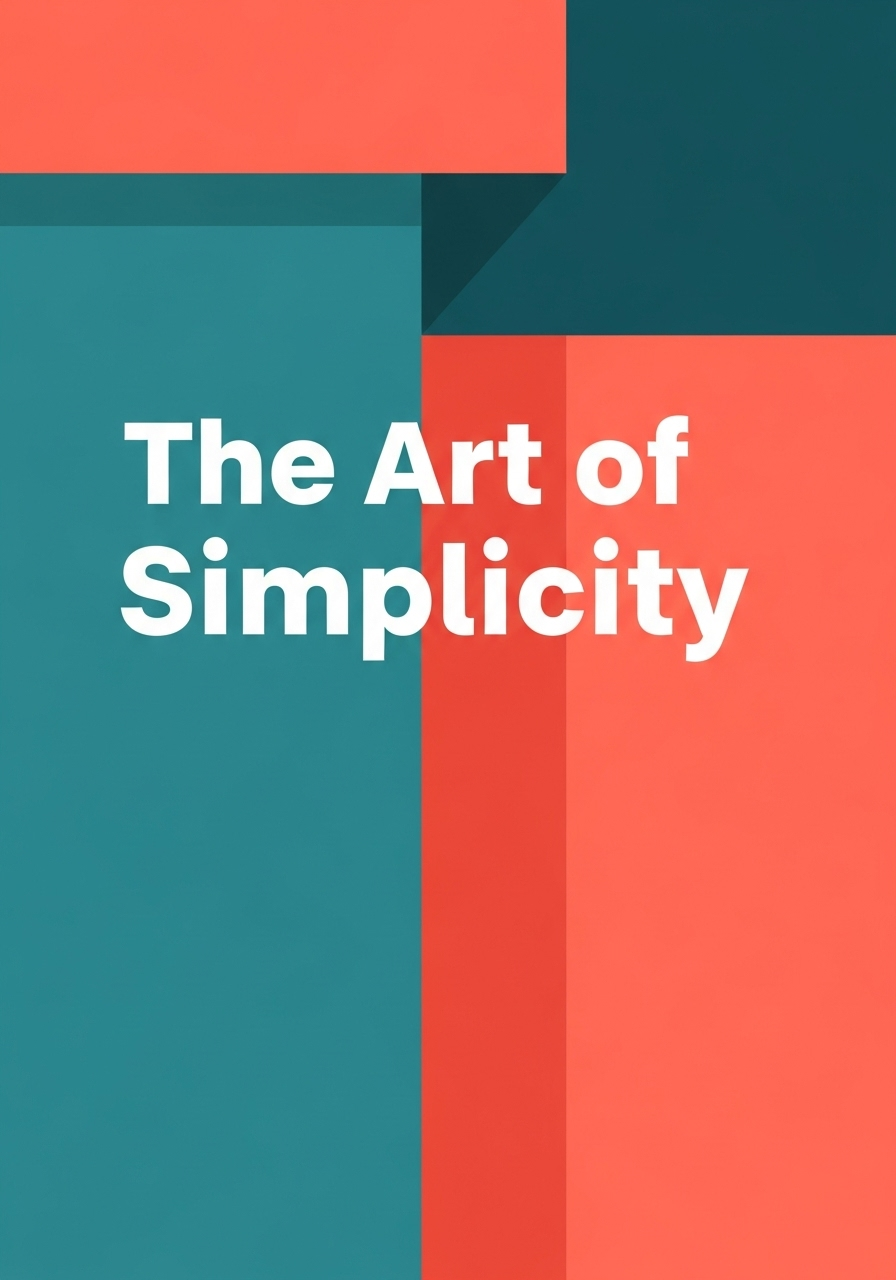 Flat design book cover generated on ImagineArt
Flat design book cover generated on ImagineArt
11. Line Art Book Covers
A singular continuous line forming an illustration can add to your book’s contemporary aesthetic. You can use a contrasting palette and subtle colors coupled with sufficient negative space to maintain the minimalistic feel. Use serif and modern font styles to keep the line art illustration as the central part of the book cover. Such book covers are often designed for poetry books, memoirs, and art-focused books that attract teens and adults alike.
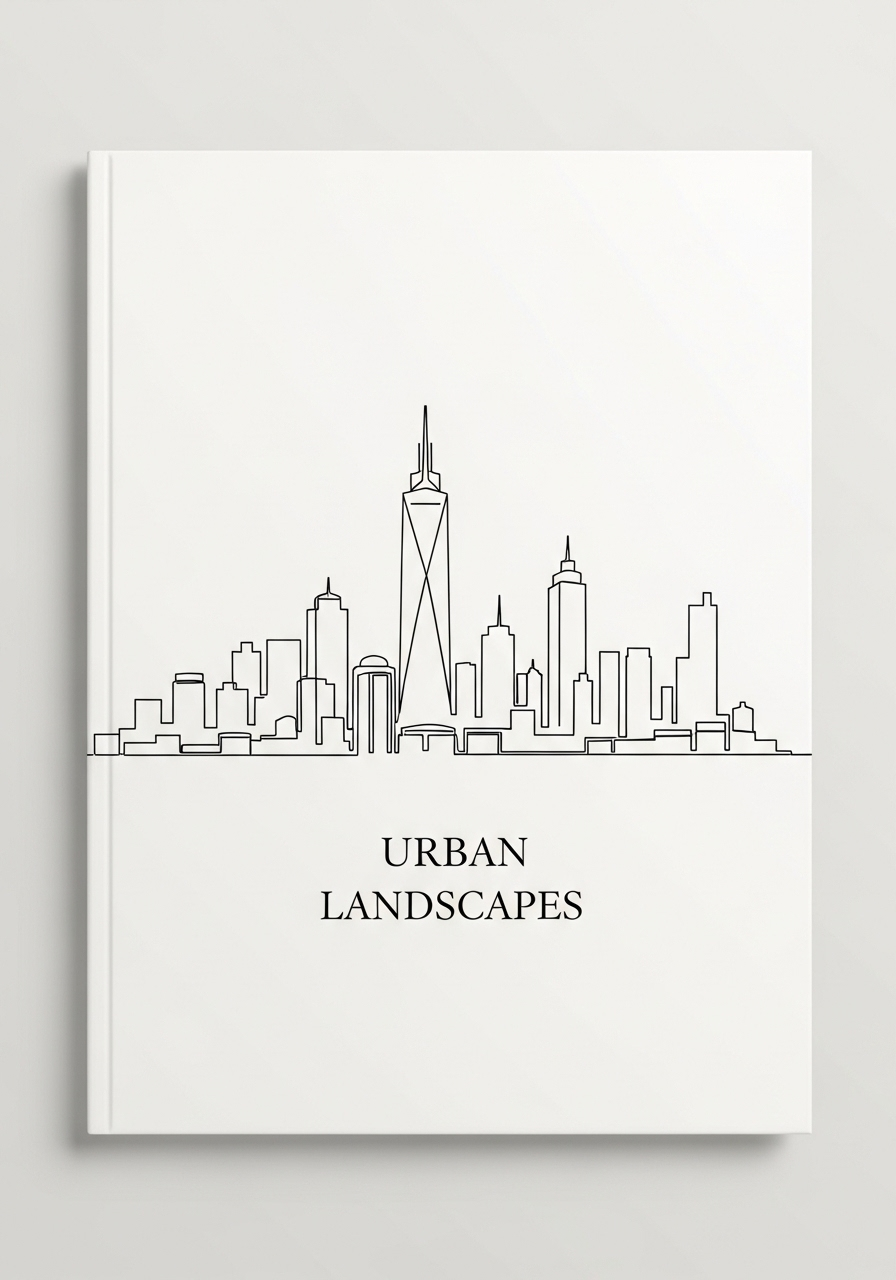 Line art book cover design generated on ImagineArt
Line art book cover design generated on ImagineArt
12. Textured & Handmade Book Covers
Brush strokes, handmade patterns, and grainy textures create a more rustic feel for your book covers. You can use sketches, hand-drawn icons with embossed or debossed designs. Use earthy and muted color palettes to pair with the textured visuals. Use hand-lettered and serif font styles. Such book covers are often designed for creative adults and those who read about different crafts.
 Textured book cover design generated on ImagineArt
Textured book cover design generated on ImagineArt
13. 3D Effect Book Covers
Three-dimensional icons, floating objects, and structured elements can enrich your visuals with design depth. You can use layering and shadowing techniques to enhance the perspective. Use bold color paired with subtle or strong gradients for a realistic feel. Use a futuristic font or serif style. Such book covers are often designed for readers interested in tech-savvy books.
 3D effect book cover design generated on ImagineArt
3D effect book cover design generated on ImagineArt
14. Nature-Inspired Book Covers
Nature-inspired objects such as mountains, sunsets, trees, or seashores set a calming tone for your book. You can use real-world images or generate one using an AI platform like Imagine AI image generator for realistic image generation. Use a neutral and warm color palette with a handwritten and clean serif font. Such book covers are designed for wellness books, meditation guides, and travel guides that attract environmental enthusiasts and wellness readers.
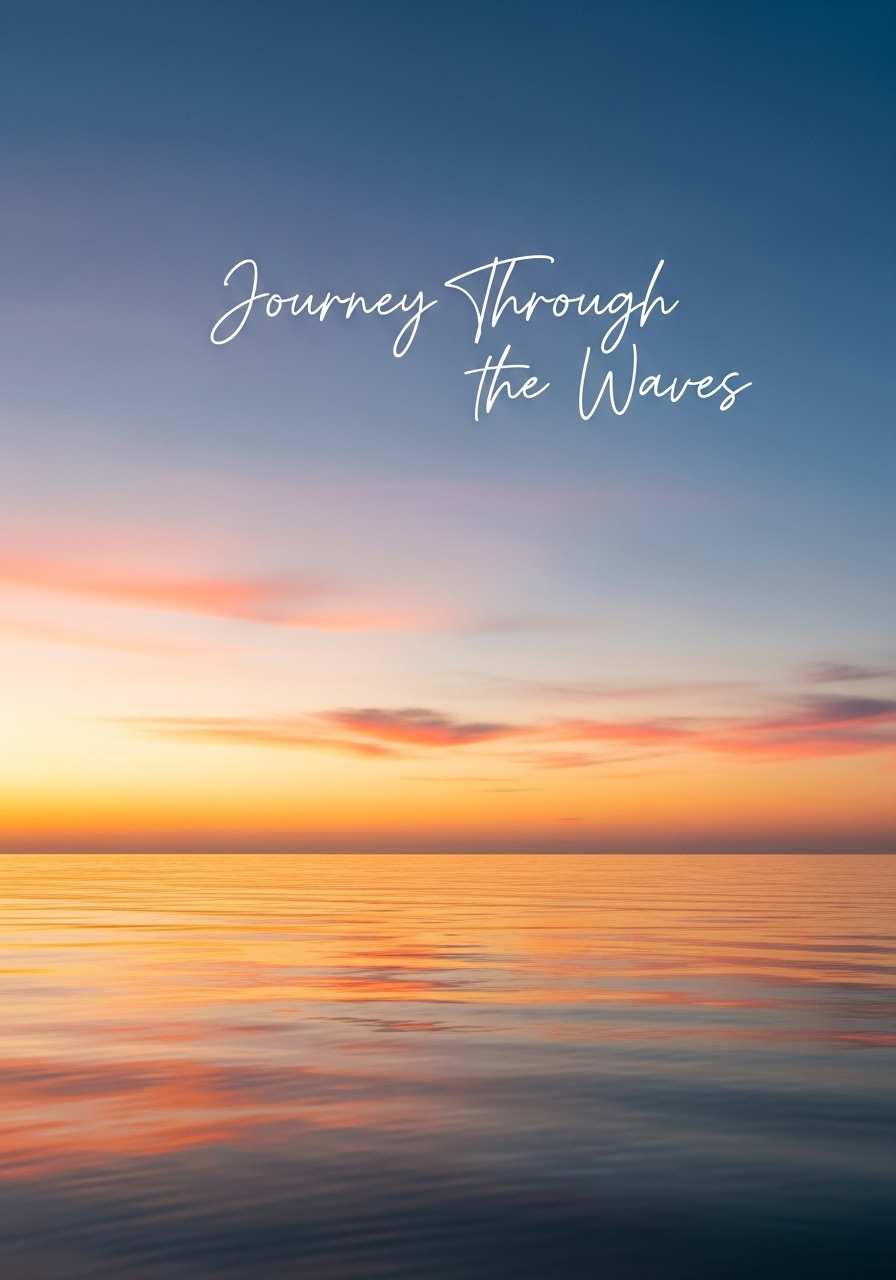 Nature-inspired book cover design generated on ImagineArt
Nature-inspired book cover design generated on ImagineArt
15. Custom AI-Generated Book Covers
You can create a customized cover or edit your existing cover with AI-powered tools. These tools let you generate high-quality creative designs using text-based prompt input. On ImagineArt, you can change and experiment with visual style, fonts, layouts, and colors to create the right cover. Such book covers are ideal for independent authors and creators who want to create their own book cover without hiring a professional.
 Custom AI-generated book cover design generated on ImagineArt
Custom AI-generated book cover design generated on ImagineArt
Conclusion
Book covers are more than just a visual element — they play a decisive role in getting the readers to purchase your book. With ImagineArt AI image generator, you can create attention-grabbing book covers in seconds. Start creating now!
Related reading: How to Illustrate a Children's Book

Tooba Siddiqui
Tooba Siddiqui is a content marketer with a strong focus on AI trends and product innovation. She explores generative AI with a keen eye. At ImagineArt, she develops marketing content that translates cutting-edge innovation into engaging, search-driven narratives for the right audience.